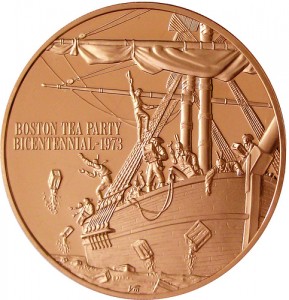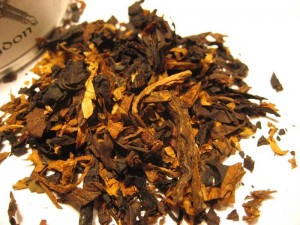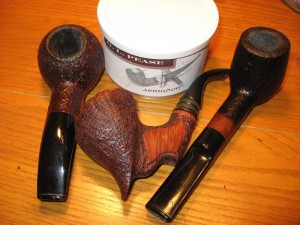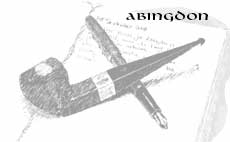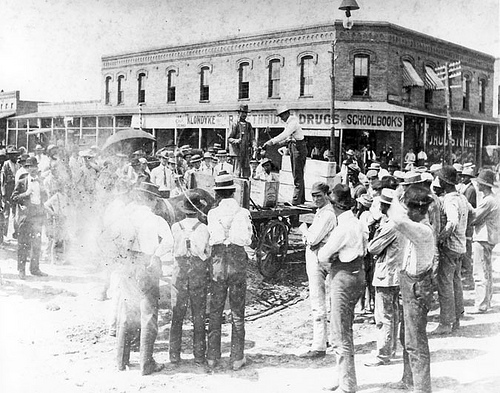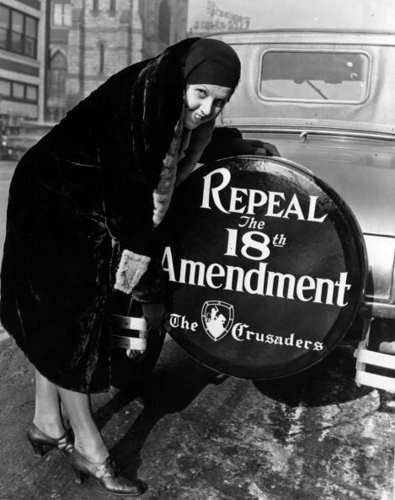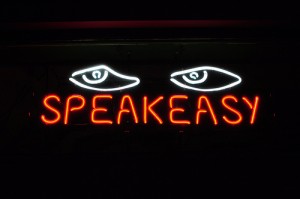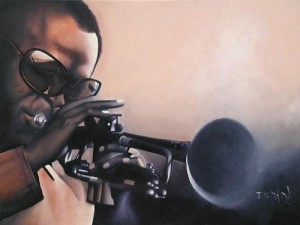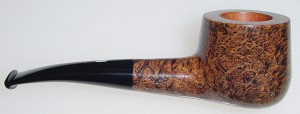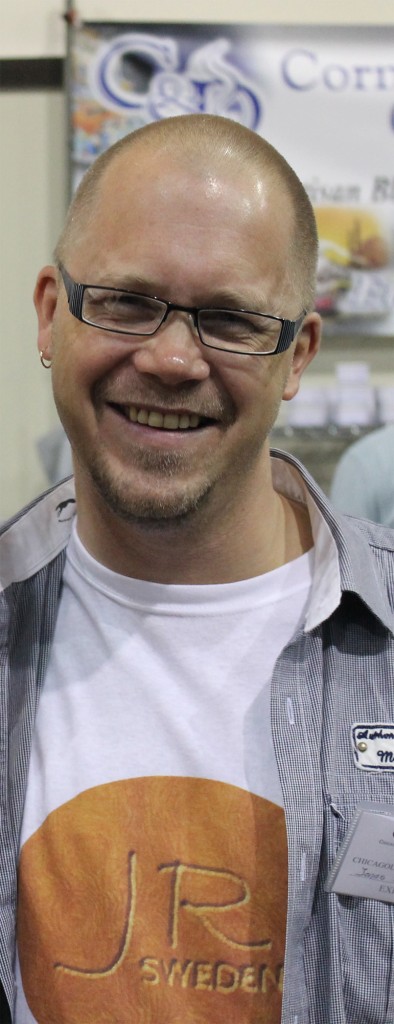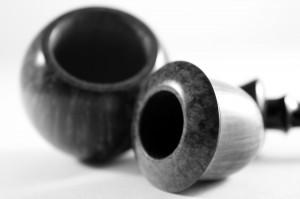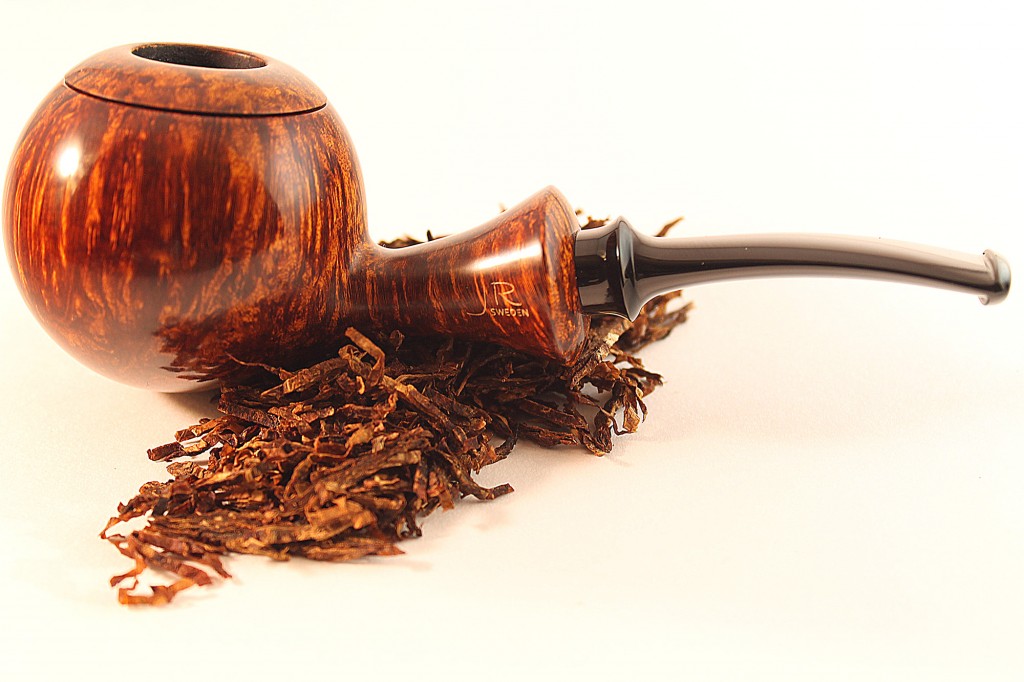Independence Day. The 4th of July.
 For Americans everywhere, these titles evoke intense happiness for many reasons. For some, it is a sense of patriotism; for others, it is remembers those who gave their lives in the defense of a country that they loved so dearly; for others, if not most, it also has to do with barbecues, burgers, and beers, family, friends, and fireworks.
For Americans everywhere, these titles evoke intense happiness for many reasons. For some, it is a sense of patriotism; for others, it is remembers those who gave their lives in the defense of a country that they loved so dearly; for others, if not most, it also has to do with barbecues, burgers, and beers, family, friends, and fireworks.
Before I get into the bulk of my piece, allow me to wish every one of you a happy and safe Fourth of July. Please keep the kids away from the fireworks!
It is easy to simply crack open a beer, watch the colorful designs made in the sky, and think no more about this day. It is also easy to simply think, “Well, this is when America won its independence.” I would encourage you to think a little bit deeper and consider how this celebration connects to our lives today.
The Revolutionary War has been cited as having many inspirations: taxation without representation, alienation, authoritarianism. No matter what reason one cites, one of the most critical moments leading up the American Revolution was the Boston Tea Party, or, as it was known at the time, the destruction of the tea.
So, why did this event occur? It was primarily a reaction to a series of laws passed in 1767, which were proposed by Charles Townshend. These laws included a number of tax hikes on products like stamps, sugar, and tea. These were items that the colonists valued and the Acts took that into account. After all, the primary purpose of a tax is to raise funds and the most effective way to do that is by taxing something that people cannot live without, or do not want to as in the case of tea. This, combined with the later passage of the Tea Act, resulted in colonial jobs to be lost and a number of people to be unable to afford their daily servings of tea without compromising other financial aspects.
The result of these new taxes was a feeling of oppression on the part of the colonists. This feeling surged until it finally culminated in the destruction of the tea.
Enough with the basic history lesson. So what?
The Boston Tea Party, arguably the powder-keg for the American Revolution, was a result of a government taxing luxury items to the point of making them more and more difficult to afford. Does this sound at all familiar?
In order to control the use of tobacco products today in the United States and elsewhere in the world, taxes are being raised on these items, sometimes to the degree of over 1,000% increases of current taxes. It seems horribly ironic for a country to be committing similar offenses to those that caused the country to be born in the first place.
Quick side note: this taxation spans party lines. It is not one party or another, one person or another. It is an apparent coalition on the part of governmental figures to unite against tobacco because it is the popular thing to do.
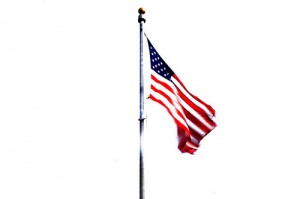
These taxes, while not physically or legally preventing the innocent pipe and cigar smokers from enjoying his hobby, discourage the use of luxury tobacco products through financial manipulation, all the while hiding behind the shady technique of lumping both cigars and pipes in with cigarettes. While we’re at it, let’s stop playing Bach and Beethoven just because we don’t like Britney Spears.
It is an attempt to limit our freedom without being accountable for doing so. They are trying to have their cake and eat it, too. It is subtle. It is deceptive. It is powerful.
I know that “independence” and “freedom” are not synonymous. But “independence” and “autonomy” are often cited as meaning the same thing, or at least being easily interchangeable. Autonomy is the ability to act and make decisions for oneself. These draconian taxes of all tobacco products violates this concept, however.
 Mind you, I am in no one encouraging a revolution. Well, maybe a little one, but not in the same way as happen in Boston in the December of 1773.
Mind you, I am in no one encouraging a revolution. Well, maybe a little one, but not in the same way as happen in Boston in the December of 1773.
There is already an official International Pipe Smoking Day, Febuary 20th, a day that I look forward to every year. I would encourage that today, July 4th, become our National Pipe Smoking Day. Across the country, we can stand (or sit) together and declare that, while some might disagree with or not like pipe or cigar smoking, they should damned well respect our ability to make that decision for ourselves, so long as we are not imposing it on others.
There is brilliant episode of the show “Futurama” where the characters celebrate a holiday known as “Freedom Day”. They celebrate this by engaging in any activity that might otherwise be unacceptable. Let’s face it, pipe and cigar smoking both have a clear stigma attached and many of us deliberately hide our hobby in an attempt to not offend others, because we are considerate.
Today, however, I encourage you to celebrate your autonomy at the same time that you celebrate America’s independence. Make the decision for yourself and enjoy your life. Smoke a pipe or a cigar or both, and, if someone asks, just tell them that you believe independence is something to be cherished.

